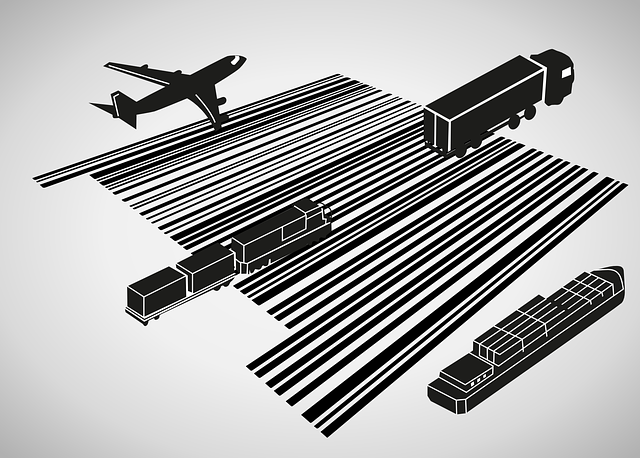

Transport Management System (TMS): A guide to choosing the best solution
Effective transportation management plays a critical role in optimizing supply chains. A Transport Management System (TMS) serves as a key tool in achieving this, helping companies lower costs and improve operational efficiency. This guide will help you choose the TMS solution that aligns with your specific needs.
What is a Transport Management System (TMS)?
A TMS is software designed to streamline and optimize all transport-related processes. It assists with planning, execution, and monitoring, taking into account factors like costs, deadlines, and regulations.
By centralizing information, a TMS helps cut transportation costs, improve operational visibility, and respond quickly to unexpected issues. In fact, a study by Aberdeen shows that companies using a TMS see an average 8% reduction in transport costs.
Why is a TMS essential?
The adoption of a TMS has become critical for several reasons:
1. Reducing transport costs:
A TMS optimizes logistics by improving route planning and selecting the most efficient carriers. According to Gartner, companies that implement a TMS save between 5% and 15% on transportation costs.
2. Enhanced visibility:
Operational transparency is key. A TMS offers real-time shipment tracking, allowing goods to be monitored at every stage. Capgemini reports that companies using a TMS see a 30% improvement in visibility, helping reduce delays and enhance customer satisfaction.
3. Resource optimization:
Efficiently managing resources, like vehicles and drivers, is crucial for maximizing operational performance. A TMS minimizes downtime and optimizes load distribution.
4. Regulatory compliance:
With transport regulations constantly evolving, a TMS integrates these requirements to ensure compliance and mitigate the risk of penalties.
How to choose the right TMS?
Selecting the right TMS requires a detailed evaluation of your business needs. Consider these factors:
1. Adaptability to business needs:
Every company has unique requirements. Choose a TMS that aligns with your current processes but is also flexible enough to grow with your business.
2. Integration with existing systems:
A good TMS should seamlessly integrate with your ERP, WMS, and other management systems. This ensures smooth data flow and reduces duplication.
3. Ease of use:
User-friendliness is critical to adoption. An intuitive interface reduces the likelihood of errors and minimizes training time for your team.
4. Advanced functionalities:
Depending on your needs, a TMS can offer features such as route optimization, return management, and cost analysis. Some also include regulatory compliance modules.
5. Support and technical assistance:
Ensure your TMS provider offers reliable technical support. In case of an issue, quick and effective support is essential to avoid operational disruptions.
Conclusion: Choose your TMS wisely
Selecting a TMS is a strategic decision that significantly impacts your supply chain’s efficiency. By focusing on criteria like adaptability, integration, user-friendliness, and functionality, you can find the best solution for your needs.
Adopting a TMS isn’t just about using software—it’s about transforming how you manage transportation. When implemented effectively, it can drive significant cost savings, enhance customer satisfaction, and increase your company’s competitiveness.









